Today I’d like to take a good look at what happens when you use a no contact rule on a dismissive avoidant.
I’m going to start with a bold statement:
At first, using a no contact rule on a dismissive avoidant will often give them exactly what they’re looking for, space. However, over time they will often begin to fantasize and idealize their time together with you. This is the power of the no contact rule.
There’s a lot to cover here. Things like,
- Understanding the relationship between dismissive avoidants and no contact
- Looking at why no contact is so effective
- Taking a look at the anxious and avoidant experience
- My personal critique (that goes against the grain)
Let’s begin!

What Are Your Chances of Getting Your Ex Boyfriend Back?
Take the quizUnderstanding The Relationship Between Dismissive Avoidants And No Contact
I find it useful to distill each insecure attachment style down to a specific core wound. This approach is particularly helpful in understanding why the ‘no contact’ strategy is so effective with dismissive avoidants.
There are four core attachment styles,
- Secure
- Dismissive Avoidant
- Anxious
- Fearful Avoidant
But only three are insecure.
- Dismissive Avoidants
- Anxious
- Fearful Avoidant
Each of these three insecure attachment styles has, in my view, a core wound, which triggers the negative aspects of that particular style.
- For instance, the core wound of a dismissive avoidant often revolves around the fear of losing independence.
- Conversely, an anxious person’s core wound typically centers on the fear of loss or abandonment.
- Meanwhile, someone with a fearful avoidant attachment style exhibits both of these core wounds.
In this discussion, I want to highlight dismissive avoidance because we’ve found that the no contact rule seems to be one of the most effective ways to bring a dismissive avoidant back to the table.
The psychology behind why this works is fascinating, starting first with understanding the paradox within every avoidant attachment style.
Individuals with this attachment style emphasize their self-sufficiency and preference for emotional distance.
Yet, despite this, they possess a rich and deep inner life, often filled with fantasies and idealizations about relationships and intimacy. This aspect of their personality is frequently overshadowed by their outward behavior, which typically showcases independence and detachment. They yearn for this idealized, fantasy life, which is also part of their deactivation strategy.
What I find particularly interesting about dismissive avoidants is their tendency to maintain a make-believe concept of a perfect partner, against whom their actual partners can never measure up.
This ‘phantom ex’ concept is a notable aspect.
In relationships, when they sense that someone is getting too close, they often become triggered.
Part of that triggering involves comparing their partner with this idealized version of the life they believe they should have. The partner never measures up, leading to the dismissive avoidant pushing them away.
The interesting thing about attachment styles is that the most common pairing we see among our clients is anxious attachment styles.
These individuals are terrified of being abandoned, while their exes often have avoidant attachment styles, primarily seeking independence.

What Are Your Chances of Getting Your Ex Boyfriend Back?
Take the quizOn one hand, you have a person terrified of being abandoned. On the other, someone has just broken up with them, realizing the anxious person’s worst fear and fulfilling their own greatest desire: gaining independence.
The reason the no-contact rule works so well on dismissive avoidants, in my opinion, is that it’s generally not the approach people take post-breakup. Anxious individuals, when confronted with such issues, try to fix the problem, which ironically causes the avoidant to maintain their defenses. They do the opposite of no contact. Secure people might grieve a bit at first, maybe act a little anxiously, but then they give the avoidant space. It’s in this space that an avoidant is allowed to be alone with their thoughts, and that’s when interesting things happen.
So why is the no-contact rule so effective?
Why Is It So Effective?
The obvious, surface-level answer is that once an ex-partner becomes unavailable, either through the end of a relationship or a lack of contact, avoidants usually start to experience suppressed feelings of attachment.
This shift occurs because their deactivation systems are no longer triggered. There’s no interaction with an anxious person or any other kind of partner to trigger them.
This longing for an ex-partner intensifies when an avoidant fails to establish an emotional bond with new partners, and this often occurs well after the initial relationship has become stale.
In my mind, there are two criteria here.
- You have to leave them alone, which the no-contact rule addresses.
- They need to realize that the dating landscape out there doesn’t really compare to what they had with you.
When these two criteria are met, that’s when they start to reminisce and feel nostalgia.
I’ve pointed out in multiple videos that avoidants are free to long for an ex once that person is out of the relationship and unavailable.
I use this as my calling card to tell my clients that, instead of trying to get your ex back, the best way to achieve that goal is actually to try to get over your ex and implement a no-contact rule.
Most people don’t take this advice, thinking they know better, yet it does work. Our success stories are proof of that.
But there are other elements, in my opinion, that make the no-contact rule an effective strategy to use on dismissive avoidants.
- There’s the idealization of a past relationship: As I mentioned, avoidants have all these inner fantasies about how things are supposed to be and feel. Part of this is a deactivation strategy, used to keep you at arm’s length. However, with time and distance, avoidants might start to idealize the past relationship, remembering only the positive aspects. This selective memory can lead to a desire to rekindle when they perceive they’ve lost you.
- There’s also the element of changed perspective: We are often slaves to our perceptions about thoughts, feelings, fears, and life experiences. I’ve noticed that many of my clients act incredibly anxious after the breakup, often breaking the no-contact rule and attempting to get their ex back in blatant ways. This, especially when dealing with an avoidant, causes them to put up walls and form a specific perception of the person’s post-breakup behavior.
But what if you did the opposite? What if, instead of begging, you implemented the no-contact rule? This could change their perception of how they expected you to react.
The ex-partner becoming unavailable and moving on sometimes increases their appeal to the avoidant. The avoidant no longer fears getting close to the anxious person or their past partner, and their unavailability removes the immediate risk of engulfment, making the ex-partner seem more desirable.
Yet, the one consistent theme that emerges when researching why the no-contact rule is so effective on avoidants has a lot to do with the anxious and avoidant dynamic.
The Anxious & Avoidant Experience
As I said earlier, most of our clients tend to have anxious attachment styles, while their ex-partners are often avoidant. This dynamic is at the core of why the no-contact rule is so effective.
On page 157 of the insightful book ‘Attached,’ written by Amir Levine and Rachel S.F. Heller, they explain,
That people in anxious-avoidant relationships find it particularly hard to move towards security primarily because they are trapped in a cycle of exacerbating each other’s insecurities.
Consider this, what I lovingly refer to as my ‘avoidant death wheel.’
I talk about this in almost every avoidant-based research discussion. It’s meant to help you understand the avoidant’s experience as they cycle from being in a relationship to out of a relationship, and back again.
There are eight main stages:
- Desiring Love: They start off wanting someone to love them, correlating to the internal fantasy and idealization of a relationship.
- Honeymoon Period: They enter a relationship, experiencing a brief ideal phase.
- Noticing Worrying Signs: Concerns arise, often triggering deactivation strategies and anxiety.
- Thinking of Leaving: They consider ending the relationship.
- Actual Departure: They leave the relationship.
- Separation Elation: Experiencing joy in regained independence.
- Loneliness and Self-Pity: Feeling lonely, then sorry for themselves, which often leads to depression.
- Cycle Repeats: Leading them back to the beginning.
The anxious person also has their own ‘death wheel,’ starting similarly but diverging at stage three.

What Are Your Chances of Getting Your Ex Boyfriend Back?
Take the quizInstead of noticing worrying signs, the anxious person becomes completely codependent on the avoidant.
They focus entirely on the avoidant, doubling down when sensing a potential breakup, leading to desperation when left, and then doing everything to win back the avoidant in stage six.
This is where they fail to implement the no-contact rule, often exacerbating the situation.
‘Attached’ discusses an experiment with rat pups separated from their mothers, conducted by Myron Hoffer of Columbia University:
When rat pups are separated from their mothers a number of physiological reactions occur:
- -their activity level goes down
- -their heart rate goes down
- -So does their growth hormone level
In Hofers studies, he gradually replaced each maternal attribute with a substitute,
- -He warmed the pups with a heating pad
- -Fed them so their stomachs were full
- -Patted them with a brush imitating the mothers licking
He found that each intervention helped one aspect of their seperation distress. But only one.
The only thing that helped alleviate all symptoms at once was a reunion with their mothers. Human attachment works similarly.
After a breakup, our attachment system goes into overdrive, yearning for reunion to alleviate discomfort.
This is what happens during stage six of the anxious ‘death wheel.’ They believe that reuniting with their avoidant partner will solve all problems, leading them to incessantly contact the avoidant. This inability to implement the no-contact rule often leads to deeper depression and negative self-beliefs.
Noticing how these two ‘death wheels’ are essentially opposites of one another, especially from stage three onwards, is crucial. This divergence happens when each person’s core wound takes hold. Understanding the dynamic between an anxious person and an avoidant person in a relationship is key to comprehending why the no-contact rule works so effectively on avoidant individuals.
On page 162 of ‘Attached,’ there’s an interesting quote that highlights:
How, in conflicts, the anxious person often loses more ground. In intense disputes between anxious and avoidant partners, without secure checks and balances, those with anxious attachment styles tend to be overwhelmed by negative emotions. When hurt, they may react in extreme ways, including threatening to leave, a behavior known as ‘protest behavior.’
This corresponds to stages three and four of the anxious ‘death wheel’ as described earlier.
However, once they calm down, they are flooded with positive memories and regret, leading them to reach out for reconciliation. This attempt is often met with hostility from avoidant partners who, in contrast, shut off attachment-related memories and recall only the worst aspects of their partner. This dynamic results in a chaotic situation where, after a conflict, the anxious partner remembers the good times, while the avoidant partner dwells on the bad.
However, there’s a counterargument to this.
My Critique On That:
With sufficient time apart, such as during the no-contact period, avoidants may shift their focus from the negative to the positive aspects of the relationship.
This phenomenon aligns with the ‘peak-end rule,‘
Which suggests that an event is remembered not by its entirety but by significant moments or ‘snapshots’ – the peak moments and the end moments.
Avoidants, if not given space, tend to focus on the peak negative moments and the end of the relationship. However, with the implementation of the no-contact rule and the passage of time, they gradually start recalling the positive peak moments, much like anxious individuals who, after a conflict, focus on positive memories.
Research supports this, showing that given enough space and an environment perceived as non-threatening, fantasizing about the ex-partner can be a pivotal trigger for avoidants.

What Are Your Chances of Getting Your Ex Boyfriend Back?
Take the quizThis is why I advocate for longer periods of no contact with dismissive avoidants; they need more time than one might expect. In a recent interview with therapist Julia Kristina, we discussed the ideal duration of the no-contact rule,
She suggested 90 days, but I believe in a more flexible approach, such as 45-day check-ins. During this period, the focus should be on moving past the relationship while giving the avoidant the space they require.
After 45 days, assess whether you’re ready to reach out to your ex. If not, extend it for another 45 days. This approach truly harnesses the power of the no-contact rule when dealing with avoidant partners.
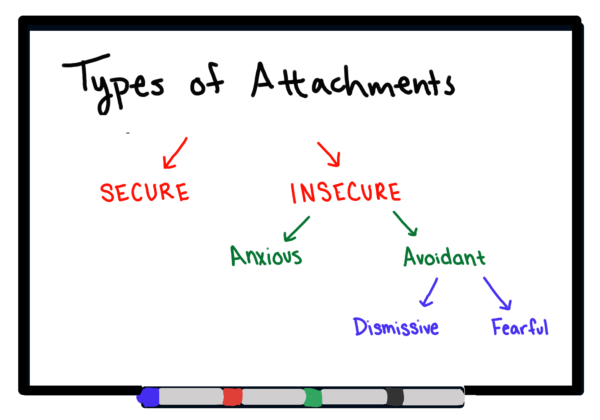
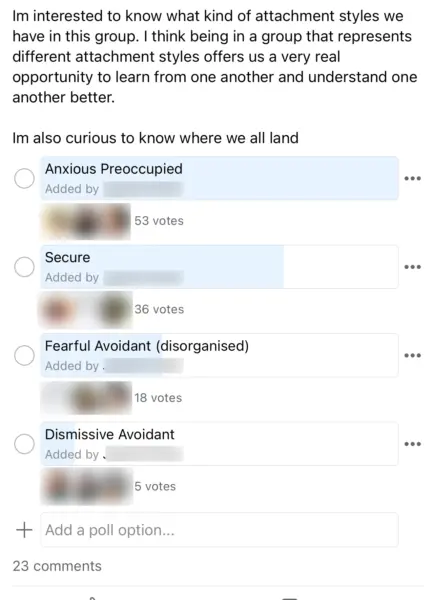
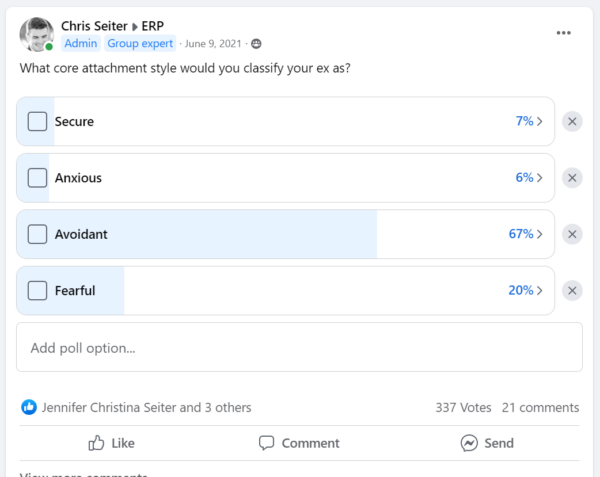
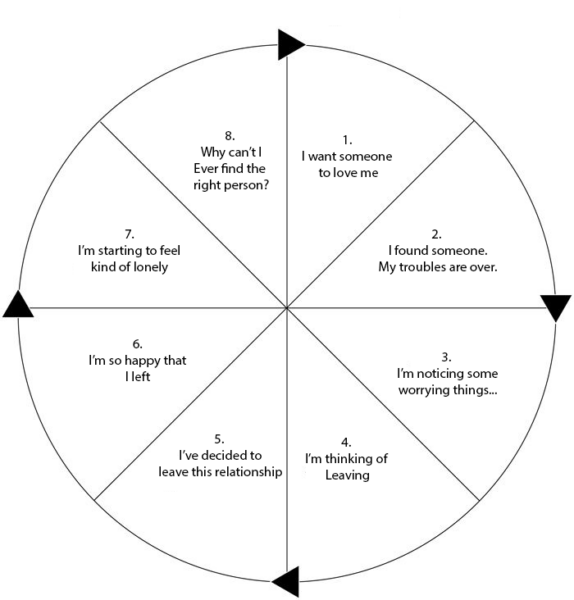
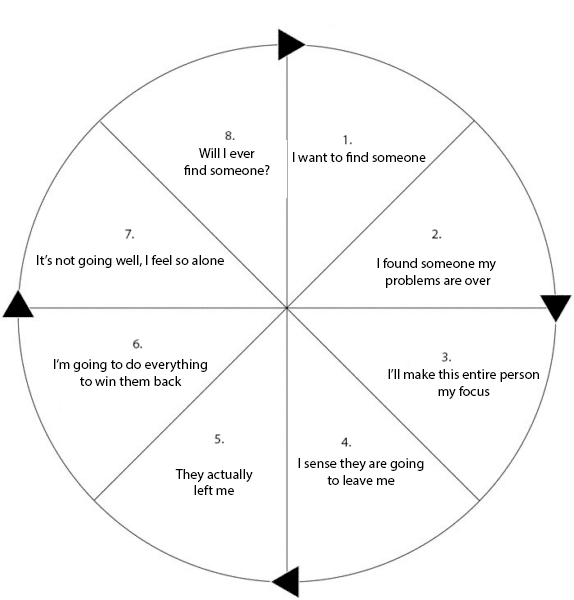
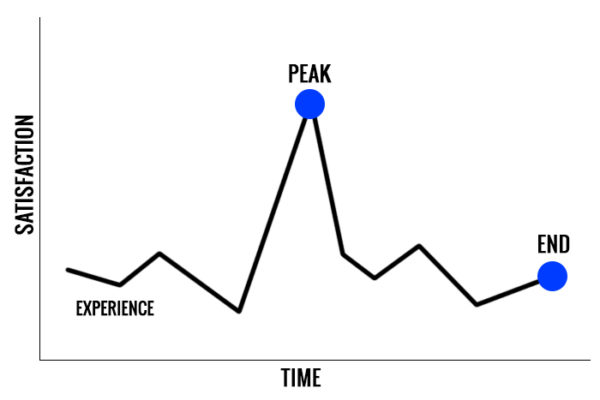
Teah
April 1, 2025 at 4:45 pm
Honest question: What’s the point of hoping they will come back if the cycle is only going to repeat? Is there actually anything that can be different the second time?
It they weren’t ready or willing to work on the relationship and their own healing and growth then, what will be different?
Can losing a future with a secure partner that moves on help them move closer to that?
J
December 3, 2024 at 7:09 am
can no contact still work if your ex doesn’t have any social media accounts? he has snapchat but I never post stories there so it would look weird if I started post breakup
Ly
November 24, 2024 at 7:22 pm
What about if you have something important and unrelated to the relationship to tell them that is time sensitive? Like a health related thing or important notice you received. Should you just ignore it or tell them and then go no contact again?
Katie
November 18, 2024 at 11:25 pm
Hi
I was with my partner for four years, he always spoke about marrying me etc when my divorce was done, we never argued, everyone including me thought it was a “perfect relationship” lots in common etc, He was not very good at communicating emotions never has been.
The out of the blue he said he didn’t love me anymore and the spark had gone – no signs of it before this day and he just left. He said he had been dwelling it for a while but could not give specifics we had been on holiday not 1 month before.
After we broke up he would message me and we would chat like normal ?!! But then i stopped contact. He has said to people that i am amazing, special i have a big heart and that he is not good enough, i derserve someone better who will love me how i need to be loved and that he is not worthy of my love ??
He has said he wants to be friends
He is worthy of my love and perfect for me.
But he just won’t communicate with anyone !!
He has never had a “normal relationship ” before me but is middle ages so not a child !
Is this a dismissive avoidant and how do i get through to him
Thanks
Matt
November 11, 2024 at 10:44 am
Last month a girl i had been dating for 6 months just broke up with me out of the blue.
We had been on a or 2 date each week.
Went on a date just before going on holiday three weeks ago and went amazing and at the end we said how much we were going to miss each other not seeing each other for 2 weeks.
Have just been on holiday for 2 weeks with family and we texted all the time when we could. We had a good time texting and were still planning future dates and stuff we were gonna do when i got back.
I then came back and we went on a date two days after i came back and it was great but she seemed a little cold towards the end of the date except when we kissed goodbye she seemed really into it.
Then out of the blue two days after the date she said she had started feeling that she didn’t feel like i was ‘the one’ and then she didnt want to move forward with the relationship while i was on holiday and then had wanted to make sure when she came on the date .
This was Completely out of the blue and crushed me because i thought we were doing great.
Have been heart broken for a week trying to understand why she decided to break up with me.
Ultimately she said she wasn’t sure why she breaking up with me other than i wasn’t ‘the one’.
She also mentioned she didn’t want to have anything physicalat the moment abd wasn’t sure when she would.
Also She said that she had thought maybe we had moved to fast going from exclusive to being boyfriend and girlfriend and that it was too serious for her.
Also that i was coming on too strong with her with a couple of things i had done.
Not sure why she didn’t mention these things while we were dating.
She said she was still really attracted to me and didn’t want to keep seeing each other casually or anything because she knew she would end up sleeping with me again and kissing me on each date we went on and she felt that would be messing me around.
I wanted closure but she couldn’t give me a reason for the break up other than I wasn’t right for her. But didn’t have any reason why I wasn’t right. She said the closure was in the fact she was 100% sure in what she thought and that she didn’t see a future with me.
She had a really stressful time at work while I was on holiday before the breakup and doesn’t feel appreciated at her job so I think that maybe affected her a lot while I was away. But ye she wasn’t great at communicating how she is feeling.
I want to get her back.
After the break up we texted abit when i asked for more explanation from her snd met up a couple of times to talk about it and agreed not to talk over text after that.
And we haven’t.
How long to i leave not talking to her? Several months or years?
Liberty
October 19, 2024 at 7:51 pm
Should I wait for him to reach out, or should I potentially be the one reaching out? Also, what are non-triggering ways to reconnect with an ex if you are wanting to get back together with them?
K
October 2, 2024 at 5:08 pm
What do you recommend for those with a Dismissive Avoidant ex who reaches out quickly after the break up? We broke up less than a week ago and he has messaged “Good Morning, have a great day” and “I left some gifts for you on the hood of your car.” Do you recommend not responding? Responding briefly and positively to acknowledge them but still give them space?
Nothing was initiated by the break-upee…only by the break-uper…
Nins
September 12, 2024 at 3:05 pm
My ex was with me for 2 years. The first year he was always at my flat and we joked about him moving in but i thought it was a joke. But he convinced me to move in with him near end of year 1. We lived together but he never said he lived me and had said he felt the same way but just needed time to say it. I started to feel upset and we had down moments near end of year 2 because he would talk about the future but couldnt say the words i love you. I decided to move out seperately just after year 2. He now acts like it was his idea. Before we moved seperately we went on holiday together where he talked about being my kids father which made me upset but i brushed it. When moving out he said we have veen feeling disconnected althought there were no signs of such. We agreed to reflect the first 3 months away from each other but he broke up with me two weeks after saying he wants me but cant give me what i want (reassurance) and he thinks loves me but isnt in love with me. We have been intimate a couple of times since and forever finding excuses and reasons for it. He cant close the door and now i have decided to go no contact. Is there any chance here?
Sev
June 20, 2024 at 2:18 am
My ex and I dated seriously for half a year. We were perfect for each other and this is the first time I saw a future together with someone. Then out of nowhere, he ended it because he’s been dealing with a lot of health issues and financial instability and said he doesn’t have time to focus on a serious relationship right now with everything going on and it wouldn’t be fair on me. I was devastated. He said he doesn’t know if he needs time and space. I want to give him that space but I also love him so it’s hard. We didn’t talk for 66 days, I ended up reaching out to him and asked how he was doing. He said he still feels like he’s not ready for anything serious right now and he doesn’t know WHEN he’ll be ready to focus on a relationship so he said it’s important for me to keep my options open and find happiness, even if it’s not with him. He said he’s open to a future together but he can’t make promises because life is unpredictable. I love him and I want to be with him and I don’t know what to do from here on
Valerie St Hill
March 12, 2024 at 8:26 am
I have been in a relationship with avoidant for 2/half years . It took 6 months for intimacy. He always says he loves me,but when the intimacy got too intense they pulled away . We have not been intimate ,for just over a year. He has had depression in that period ,and an op on his hand. He has opened up with all his fear and feelings ,and his childhood. After an argument he just wants to be best buddies ,and says it was a fling. bur still says he loves me . I do love him ,and need to know how to get back the intimacy.
Coach Shaunna
April 5, 2024 at 8:31 am
Hey Valerie, this is difficult I would say that the lack of intimacy is through his mental state rather than his avoidant traits. I would suggest that you pull back and allow him some space understand that when he says he wants to stay friends but does not want to be in a relationship this is him keeping you “there” while he doesn’t want a relationship with you. I would suggest that you give him 21 days No Contact and start the ex recovery process.